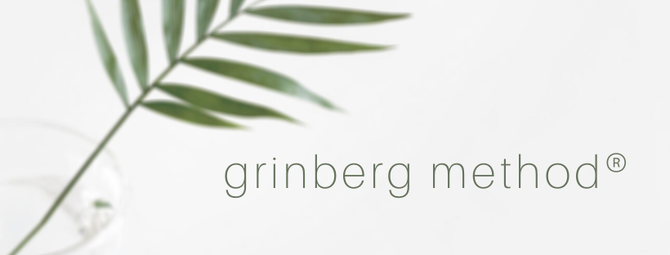bodywork

Throughout our lives we learn to respond in a similar way to certain situations. We develop patterns of movement, thought, emotion and behavior – patterns that alienate us from our bodies, causing us anxiety, pain, depression, low self-esteem and recurring moods that diminish our experience of life. They lead us to an automatic and routine way of relating to ourselves and others.
We then begin to sense that there is a gap between how we wish our lives would be and how our lives actually are. In a learning process, our goal is to learn how to diminish this gap, whether by stopping an experience that detracts from our life or by bringing a dream or project into reality.
the Grinberg Method®
Bodywork according to the Grinberg Method can benefit people who are looking for a way to reduce tension and pain or who are suffering from anxiety, fatigue or feelings of fear, panic and depression. Rather than just treating the symptoms, together we will look for the underlying causes in order to re-establish a healthy balance within mind and body. Together, we can develop and improve both your physical awareness and body control. The aim is to attain greater health and more self-confidence, energy, and clarity, as well as the freedom to choose who and how to be in any given situation.
In the sessions, we focus on your personal development, such as gaining more self-esteem, creating a change in relationships or realizing a particular project. The learning then focuses on getting to know and stopping the obstacles that stand in your way, and developing the specific qualities and abilities that are needed.
individually tailored sessions
Each session is individually tailored to fit your needs, incorporating breathwork, breathing techniques and exercises, touch, movement and description to raise your awareness for your body, so that you can learn to recognize the accumulation of past experiences and how it is expressed in who you are today.
The sessions are designed as a practical tool to first recognize patterns of behavior – physical, mental, emotional – and then learn to control and change them where appropriate. The process will incorporate learning how to deal with fear, to allow the experience of emotional and physical pain, the exercising of your will, and the readiness to let go of what you already know. You learn to raise your level of attention and energy in order to move toward your goals. You are an active participant in the process. The more you invest yourself and your willingness to learn, the greater will be your ability to reach your aim.
Disclaimer: The Grinberg Method is a methodology of attention that teaches through expanding and focusing body attention. It does not claim to heal, to be an alternative medicine, a massage therapy. It is not intended for persons suffering from conditions considered life threatening. Nor for those with conditions or serious illnesses that require medical or psychiatric attention. Moreover, it is not intended to be a substitute for any kind of required treatment. The method has no ideological or mystical basis and does not demand any particular lifestyle.
the Grinberg Method® in the media
"The stress buster" The Guardian
Natasha Reid was desperate to treat her crippling panic attacks without drugs. But neither hypnotherapy nor cognitive behavioral therapy did any good. Finally, she stumbled upon the Grinberg Method.
"Challenging 'talking therapies' on fear and pain" Deutsche Welle
No matter what we do, fear and pain are part of life. But the Grinberg Method - which is taking off in Berlin - says we should focus on fear and pain rather than avoid them.
"The Grinberg Method" New York Times (Globespotters)
Big in the German-speaking world, Grinberg aims to teach clients to break physical and behavioral patterns and use freed-up energies more
productively.